Meet the finalists of the Rimowa Design Prize 2025, and their life-enhancing innovations
In a short film shot at the Bauhaus Dessau, Wallpaper* celebrates the young designers whose innovations for the Rimowa Design Prize and its theme of mobility address issues from dementia to air quality
Bastian Thiery – film direction
In partnership with Rimowa
Socially responsible urban seating systems; a wearable device to support autonomy in dementia sufferers; air-pollution-notification technology; a digital-inheritance solution; and a new take on the traditional crutch are among the mobility-focused innovations of the recently announced Rimowa Design Prize 2025 finalists.
We explore all seven projects below, but first, to talk about their ideas around design and mobility, Wallpaper* met with the young designers and made a short film (above) to capture their thoughts. The location, the Bauhaus Dessau – this year celebrating the 100th anniversary of the Bauhaus School’s move from Weimar to its iconic home designed by Walter Gropius – was the perfect backdrop for a design conversation.
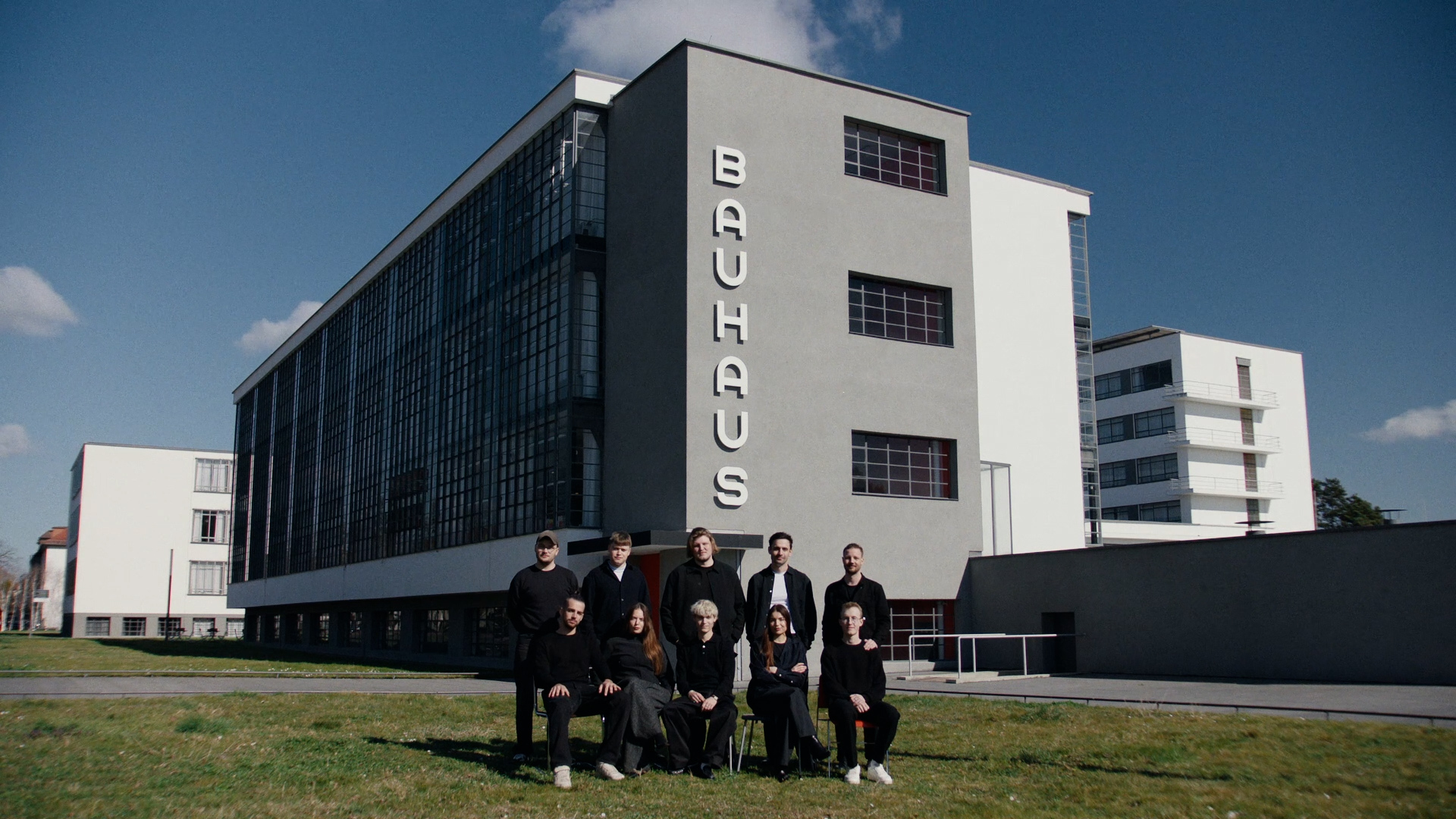
Rimowa Design Prize 2025 finalists outside Bauhaus Dessau, in a still from Wallpaper’s short film
The discussion turned to the Rimowa Design Prize’s brief, the definition of mobility in 2025, and the notion that the term represents more than just the ability to go from one place to another. ‘We have to consider social mobility and cultural mobility also,’ said the group. They acknowledged a growing awareness that design shouldn’t just solve problems but should also work in a symbolic and an emotional way, that decisions made need to embody empathy as well as practicality. The prize, the young designers decided, ‘is the ideal platform for changing that perspective’.
The Rimowa Design Prize
Now in its third iteration, the Rimowa Design Prize was established to honour Germany’s design heritage and to empower the next generation of emerging talent. Participating students – from 39 German universities – are encouraged to consider the holistic impact of mobility, an essential element of physical and mental wellbeing, while upholding the Rimowa brand values of resilience, transformation and timeless design.
Having supervised a two-month mentoring period, Rimowa’s handpicked jury of experts from diverse fields within the global design industry is watching the 2025 prize enter its final phase. The seven shortlisted projects are currently advancing to the practical development stage, and the finalists will then be invited to showcase their work at an awards ceremony at Gropius Bau, Berlin, on 13 May, when the winner will be announced.
The seven shortlisted projects
‘Compath’ by Jonas Krämer
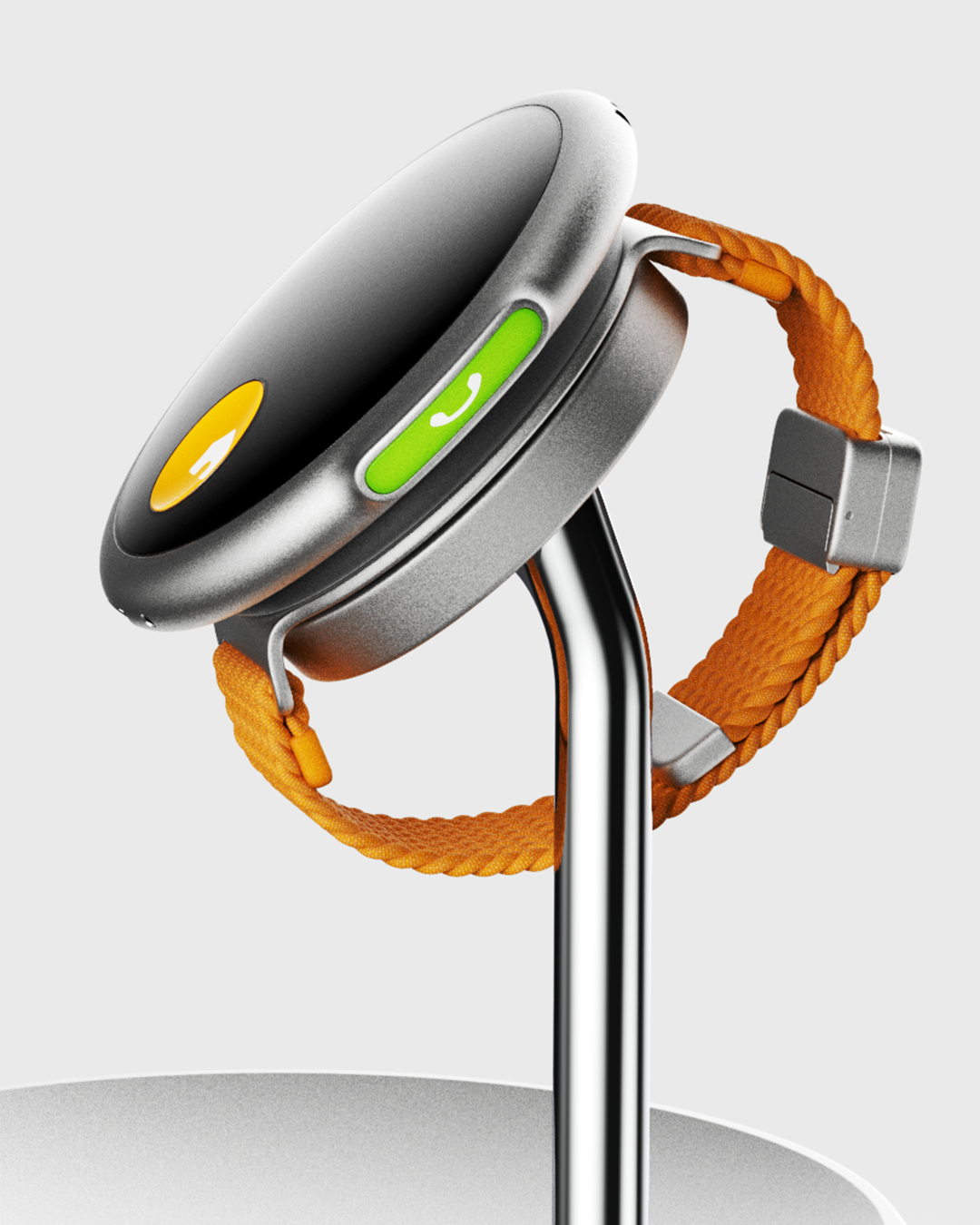
Under the mentorship of Dr Mahret Ifeoma Kupka, curator at Museum Angewandte Kunst in Frankfurt, Jonas Krämer from the Folkwang Universität der Künste, Essen, created ‘Compath’ as an intuitive, wearable support system for dementia sufferers. Designed to ensure fear-free mobility via guidance, reminders and (if needed) emergency assistance, ‘Compath’ addresses the challenges of dementia, helping sufferers maintain confidence and agility in their daily routines.
Receive our daily digest of inspiration, escapism and design stories from around the world direct to your inbox.
‘Layers’ by Nick Geipel
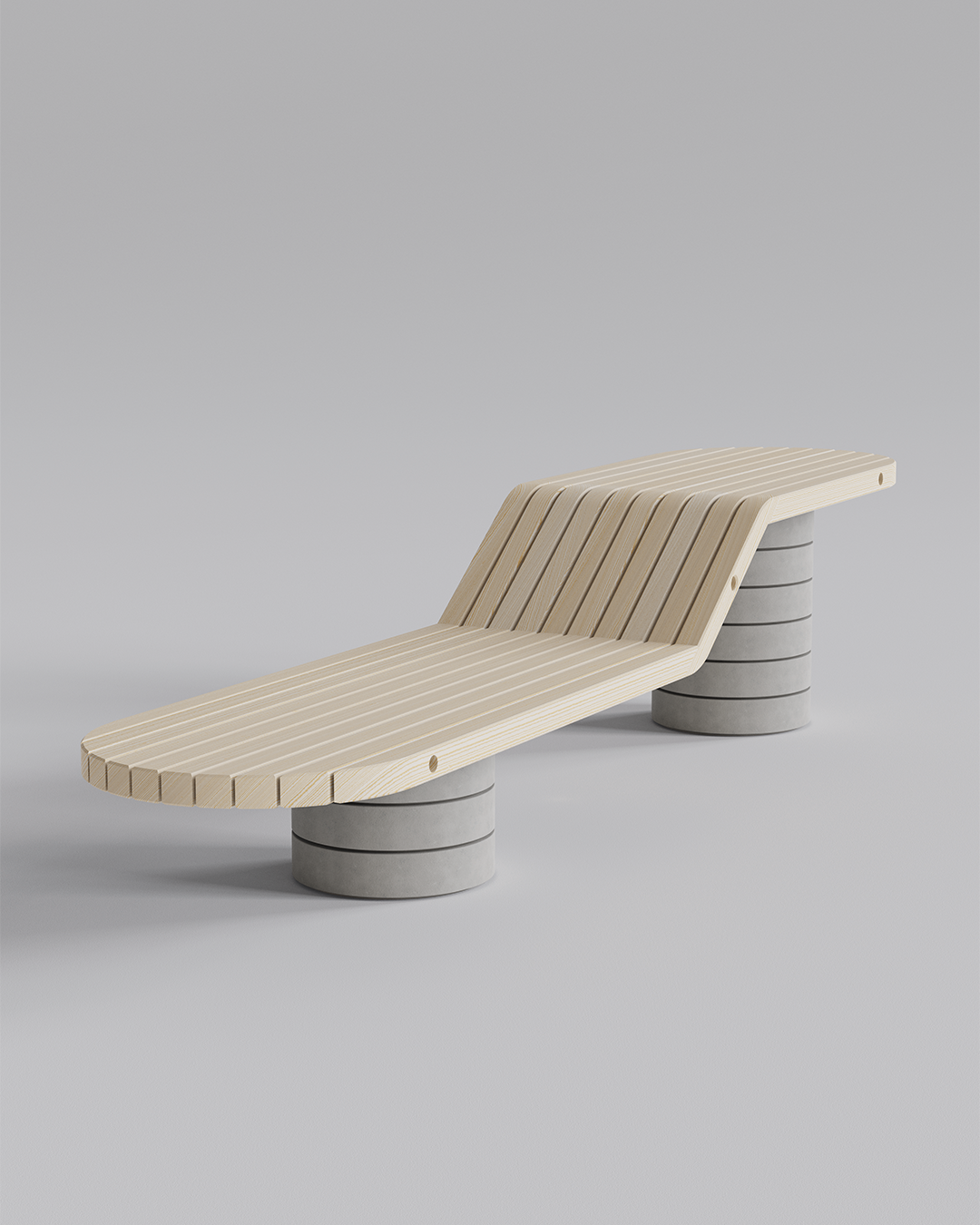
From the Weißensee Kunsthochschule Berlin, Nick Geipel’s ‘Layers’ project posits a social conundrum. ‘What if the public domain was set up to invite and host the public? What if the development of shared spaces encouraged community instead of perceived control and order?’ Mentored by Niklas Bildstein Zaar, co-founder and creative director at Sub, and designed by Geipel as a reaction to ‘hostile architecture’ and ‘antihuman design’, ‘Layers’ is a modular bench system that reconfigures the public space to help foster community and humanise the urban outdoors.
‘Memento’ by Sophie Ludwig
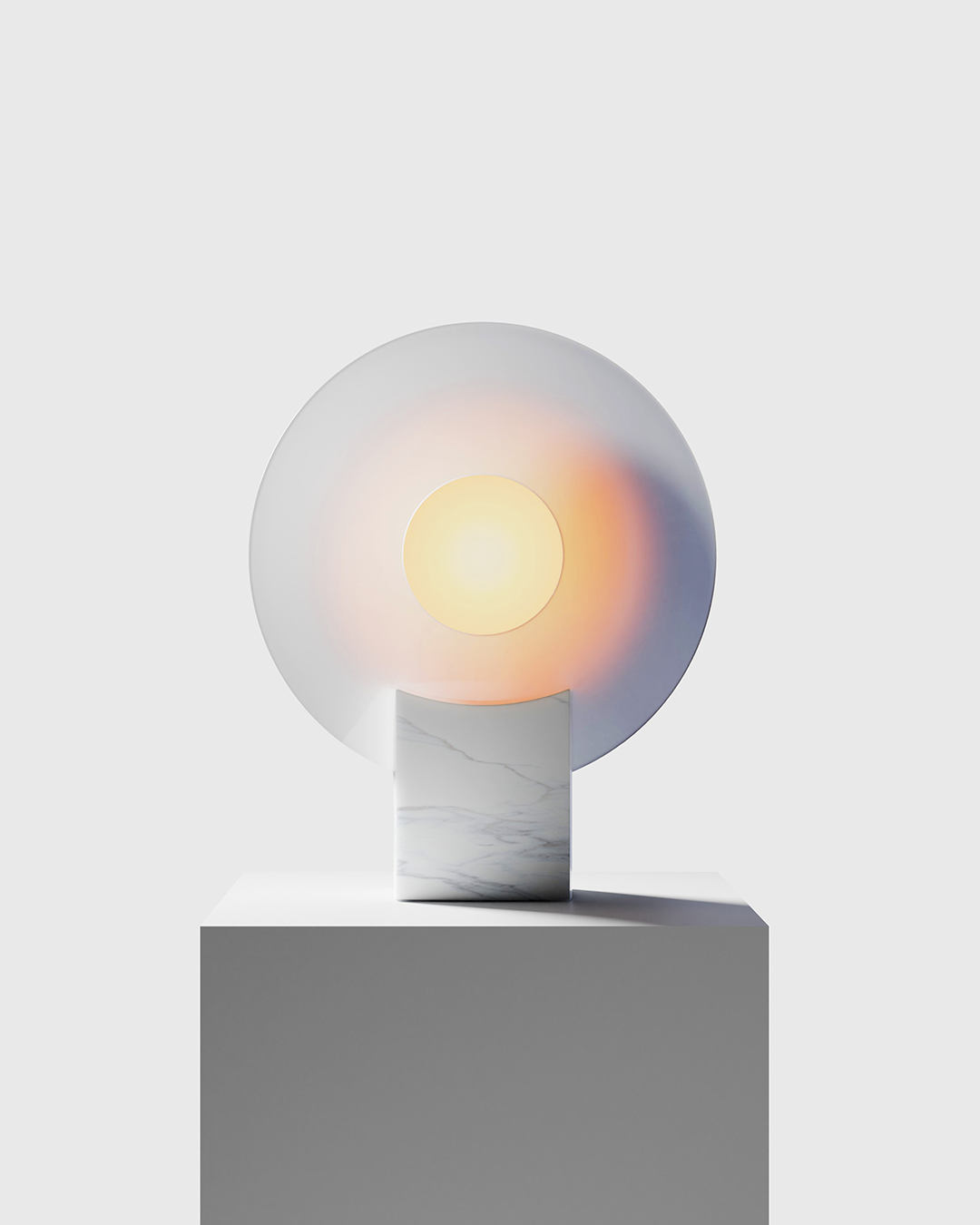
‘Memento’ is a thoughtful approach to remembrance. Designed by Sophie Ludwig from the Hochschule Pforzheim, who was mentored by Ute Meta Bauer, professor at NTU ADM and principal research fellow at NTU CCA, ‘Memento’ preserves selected moments from a person’s life – in the form of photos, videos and music, for example – and makes them accessible to those left behind. ‘It’s a new way of dealing with digital inheritance and facilitating conscious remembrance,’ says Ludwig.
‘Tonbo’ by Marius Kintzel and Julian Solmsdorff
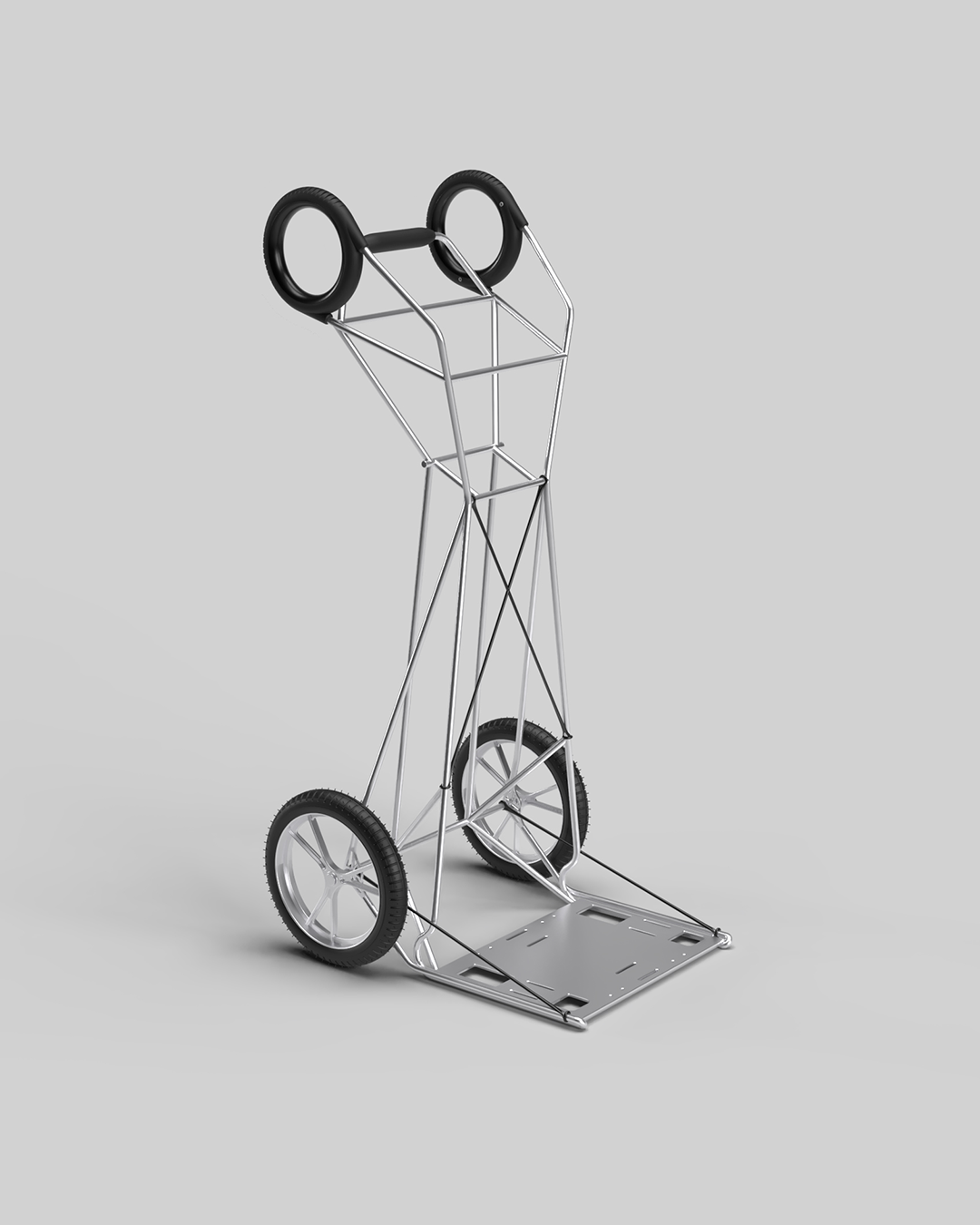
Rethinking the simple function of the wheelbarrow, Marius Kintzel and Julian Solmsdorff from the Bauhaus-Universität Weimar – mentored by Katharina Janku, CEO at USM Germany – pursued the idea of a lighter, stronger, more aesthetically pleasing version. Combining innovative aluminium and recycled carbon-fibre construction with maximum stability, the ‘Tonbo’ handtruck has an extremely light and resilient structure, inspired by bionic principles. The result? A net weight of just 4.8kg with a load capacity of 100kg and one of the lightest handtrucks in its class.
‘Hottie’ by Marc Hackländer and Elisabeth Lorenz
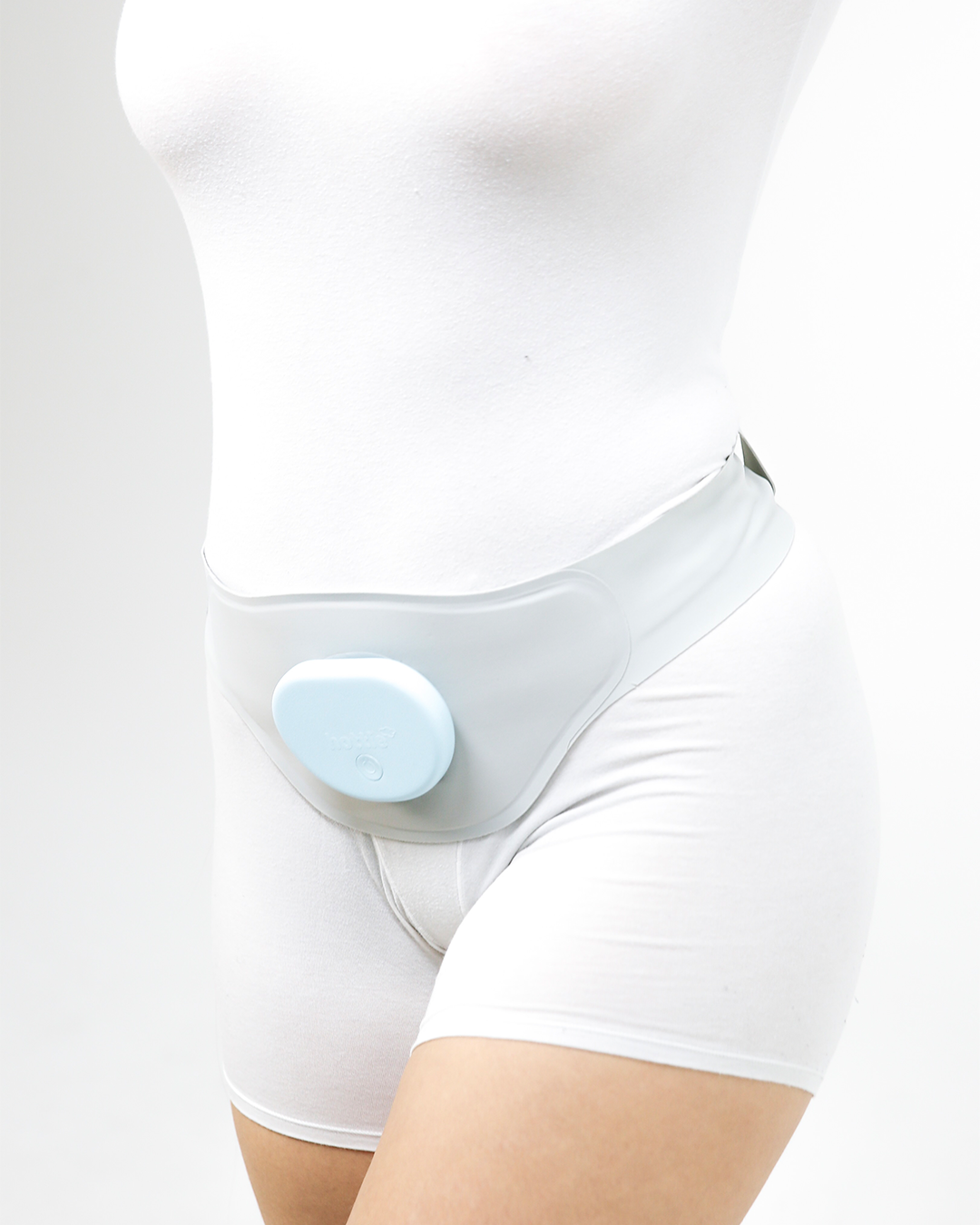
Mentored by Nic Galway, SVP creative direction product design at Adidas, students Marc Hackländer and Elisabeth Lorenz, from the Hochschule für Gestaltung Schwäbisch Gmünd, present ‘Hottie’, a discreetly wearable device designed to address menstrual discomfort and challenge menstrual stigma. Made of highly conductive, silver-plated nylon yarn, the device integrates adjustable heat therapy and TENS (transcutaneous electrical nerve stimulation), stimulating nerves, promoting the production of endorphins, and effectively relieving period pain.
‘Standalone’, designed by Tom Kemter and Niels Cremer
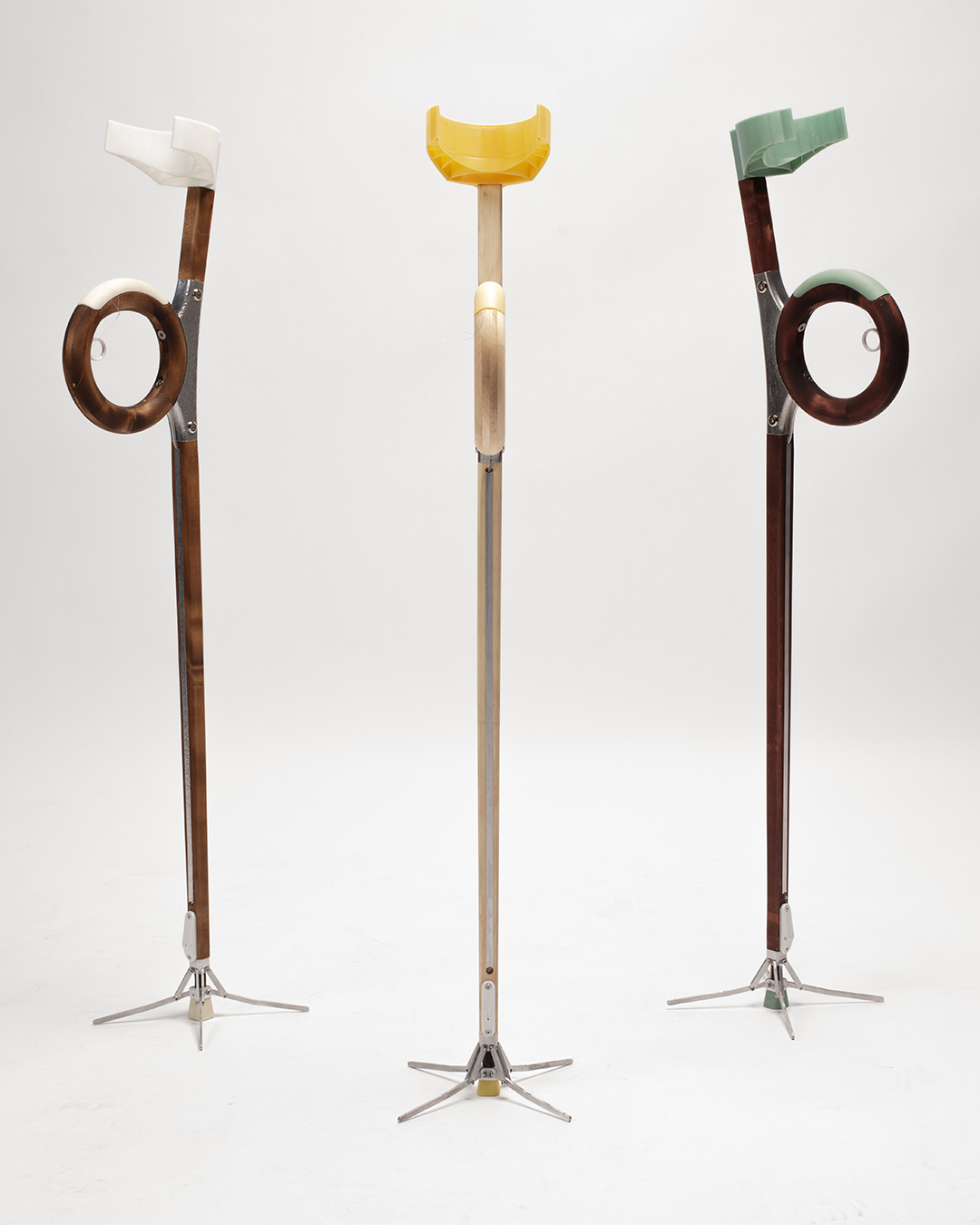
Also from the Bauhaus-Universität Weimar is ‘Standalone’, designed by Tom Kemter and Niels Cremer, who were mentored by Pierre Jorge Gonzalez and Judith Haase, founders and managing directors at Gonzalez Haase AAS. A new interpretation of the forearm crutch, ‘Standalone’ transforms a once unattractive and limiting aid into an ergonomical, user-friendly and empowering tool, promoting independence and dignity. Innovative fold-out legs enable the crutch to stand independently, freeing up users’ hands.
‘cAir Pin’ by Jan Stackfleth
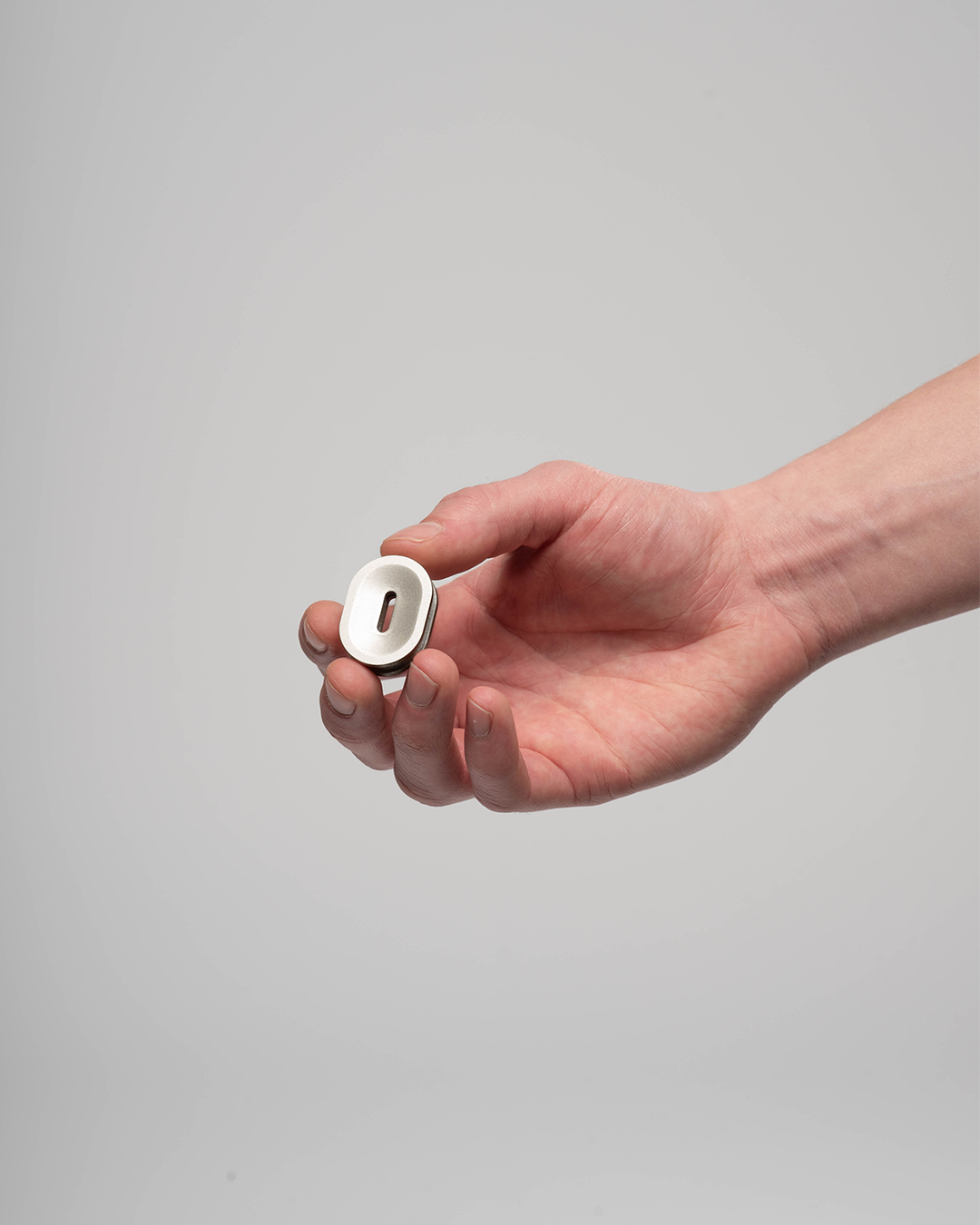
The air that we breathe powers our mobility, so optimising its quality and monitoring toxins could be key to health and longevity. Designed by Jan Stackfleth from the Hochschule Anhalt, who was mentored by Moritz Krueger, founder and creative director at Mykita, the wearable ‘cAir Pin’ is a smartphone-connected device that provides real-time air quality information and empowers users to make informed decisions based on their environment. The device ‘makes the invisible, visible’, say its inventors. ‘It helps navigate the chaos of pollutants, allergens, and harmful gases, educating users in the dangers of air pollution and its effects on respiratory health.’
This year’s jury – including the mentors already mentioned, and completed by honorary jury members Alexandre Arnault, chairman at Rimowa, and Hugues Bonnet-Masimbert, chief executive officer at Rimowa – will award a prize of €20,000 for the winning project. There will also be a prize of €10,000 and a special mention for a second project; and the five remaining finalists will each be granted €5,000.
The winner of the Rimowa Design Prize will be announced on 13 May 2025, rimowadesignprize.com.
With thanks to the Bauhaus Dessau Foundation. The Bauhaus moved to Dessau 100 years ago. To mark the centennial, a cultural programme of exhibitions, conferences and festivals organised by the Bauhaus Dessau Foundation will take place in the city of Dessau from September 2025 to March 2026. For more information, visit bauhaus-dessau.de
Filmed at Bauhaus Dessau, designed by Walter Gropius. © DACS 2025
Simon Mills is a journalist, writer, editor, author and brand consultant who has worked with magazines, newspapers and contract publishing for more than 25 years. He is the Bespoke editor at Wallpaper* magazine.
-
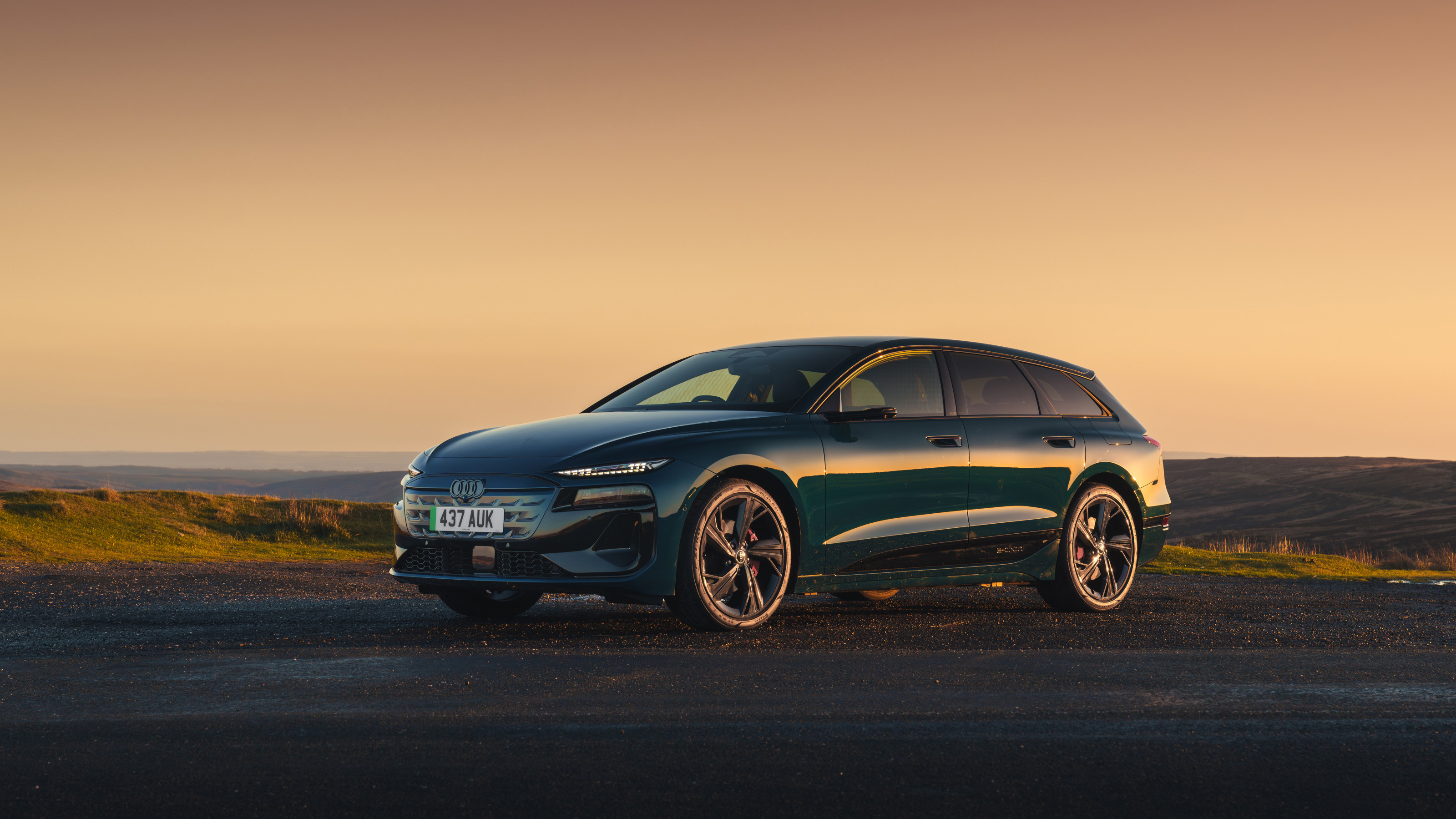 A tale of two Audis: the A5 saloon goes up against the A6 Avant e-tron
A tale of two Audis: the A5 saloon goes up against the A6 Avant e-tronIs the sun setting on Audi’s ICE era, or does the company’s e-tron technology still need to improve?
-
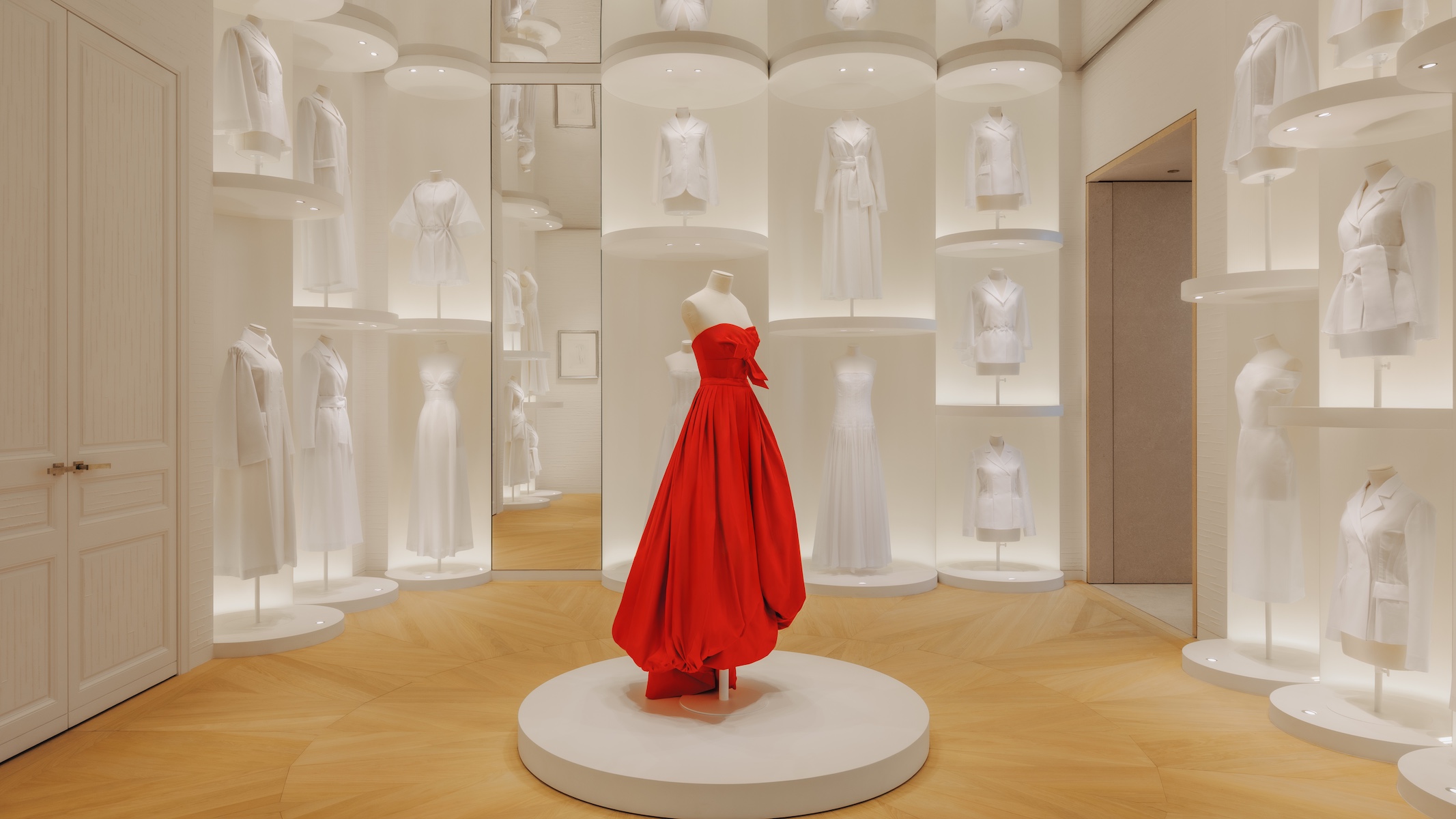 Inside Christian de Portzamparc’s showstopping House of Dior Beijing: ‘sculptural, structural, alive’
Inside Christian de Portzamparc’s showstopping House of Dior Beijing: ‘sculptural, structural, alive’Daven Wu travels to Beijing to discover Dior’s dramatic new store, a vast temple to fashion that translates haute couture into architectural form
-
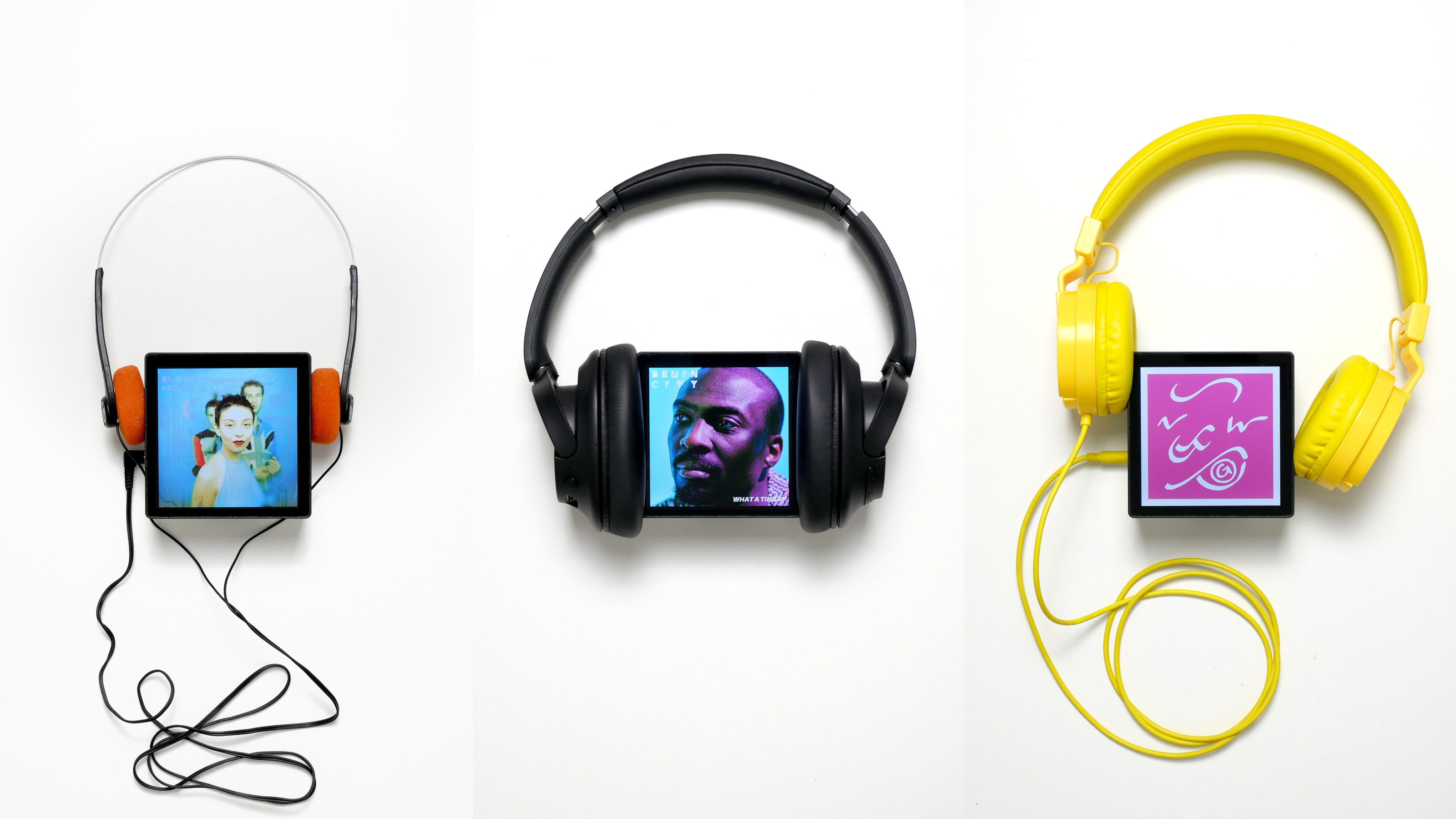 A music player for the mindful, Sleevenote shuns streaming in favour of focused listening
A music player for the mindful, Sleevenote shuns streaming in favour of focused listeningDevised by musician Tom Vek, Sleevenote is a new music player that places artist intent and the lost art of record collecting at the forefront of the experience
-
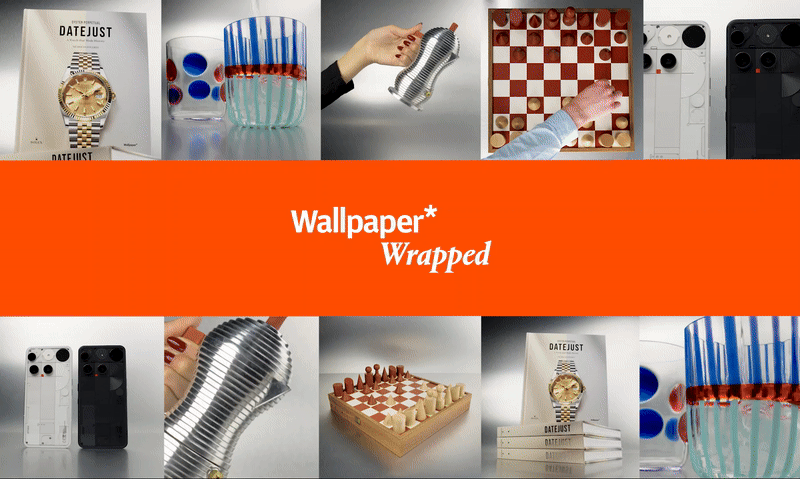 The Wallpaper* gift guide for design devotees
The Wallpaper* gift guide for design devoteesWelcome to the Wallpaper* gift guide for design lovers. Whether you are gifting a design connoisseur or the detailed-obsessed, we have you covered this holiday season with expertly selected gifts from the Wallpaper team
-
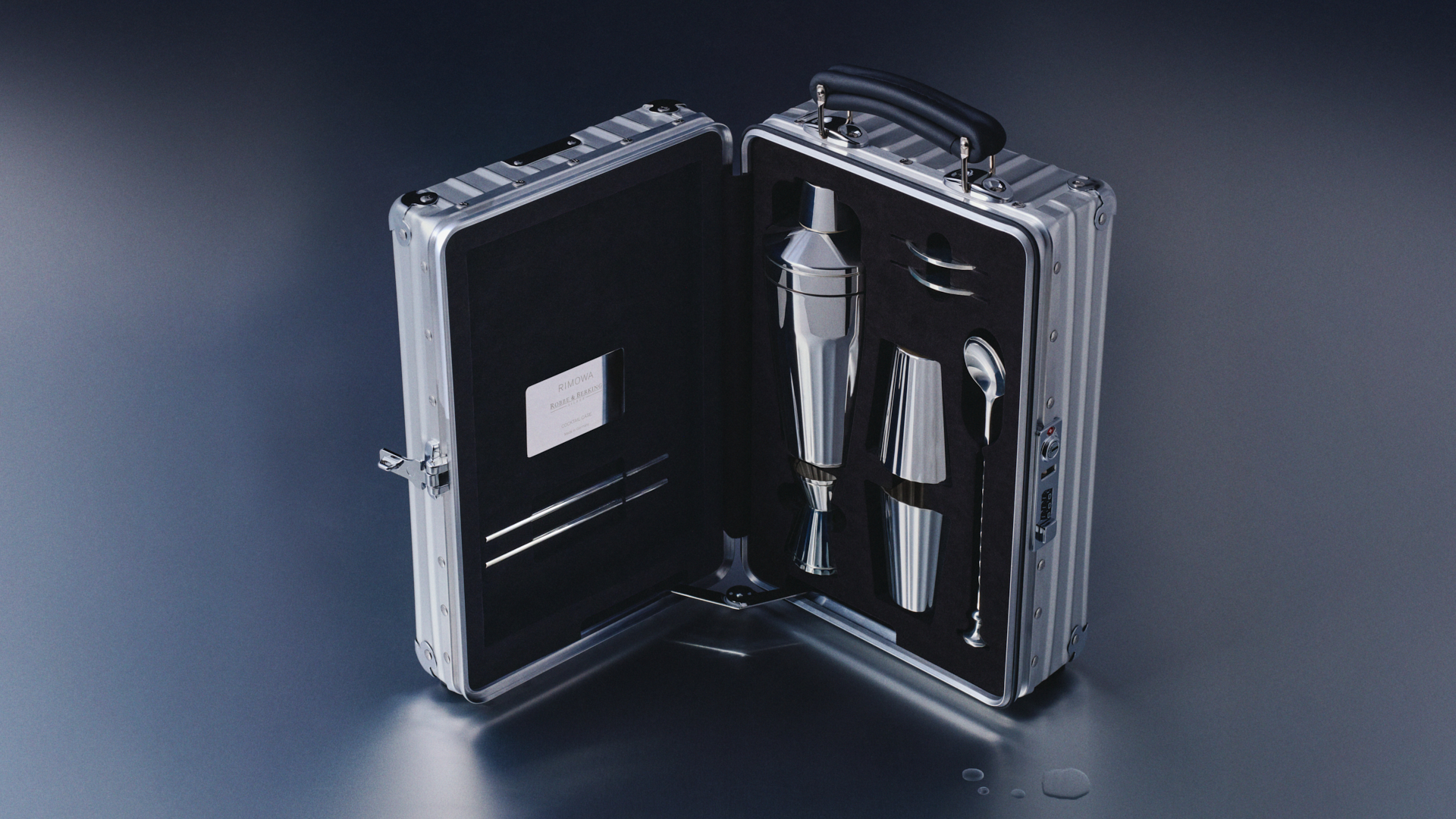 Rimowa launches limited edition cocktail case in collaboration with Robbe & Berking
Rimowa launches limited edition cocktail case in collaboration with Robbe & BerkingGerman engineering meets exquisite craftsmanship and a whole lot of fun in this travel cocktail kit
-
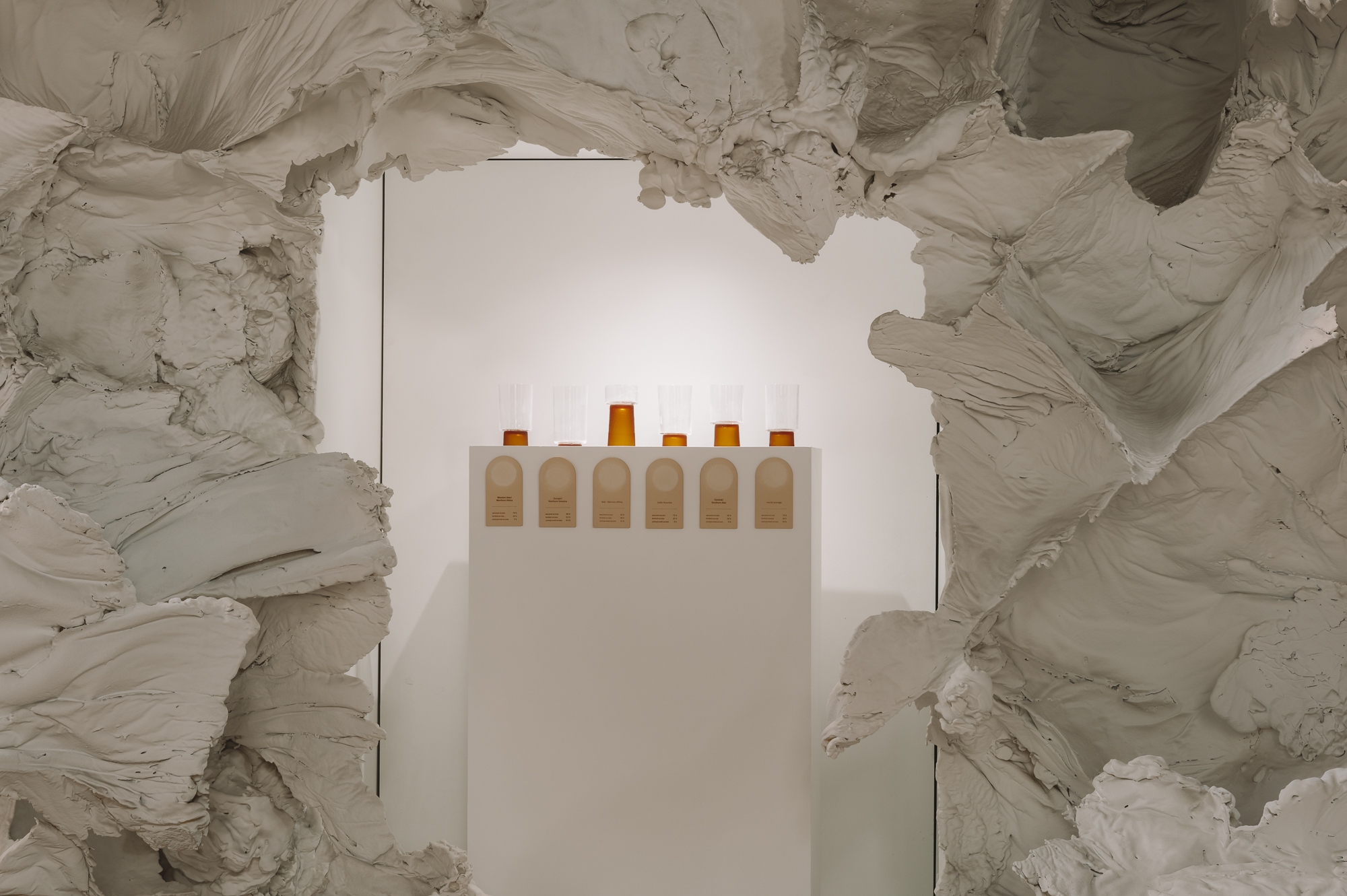 Bocci and Anna Carnick join forces on a showcase of evocative design practices in Berlin
Bocci and Anna Carnick join forces on a showcase of evocative design practices in Berlin'Crafting Community' is on view at Berlin's Wilhelm Hallen until 14 September 2025